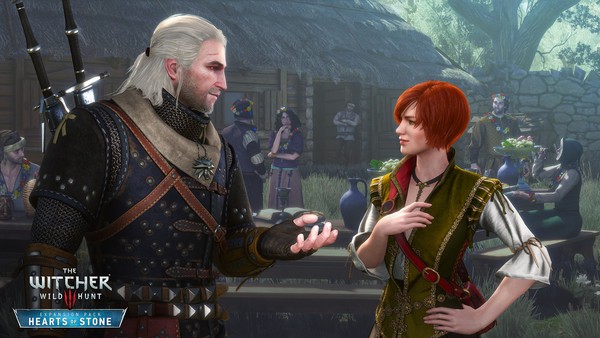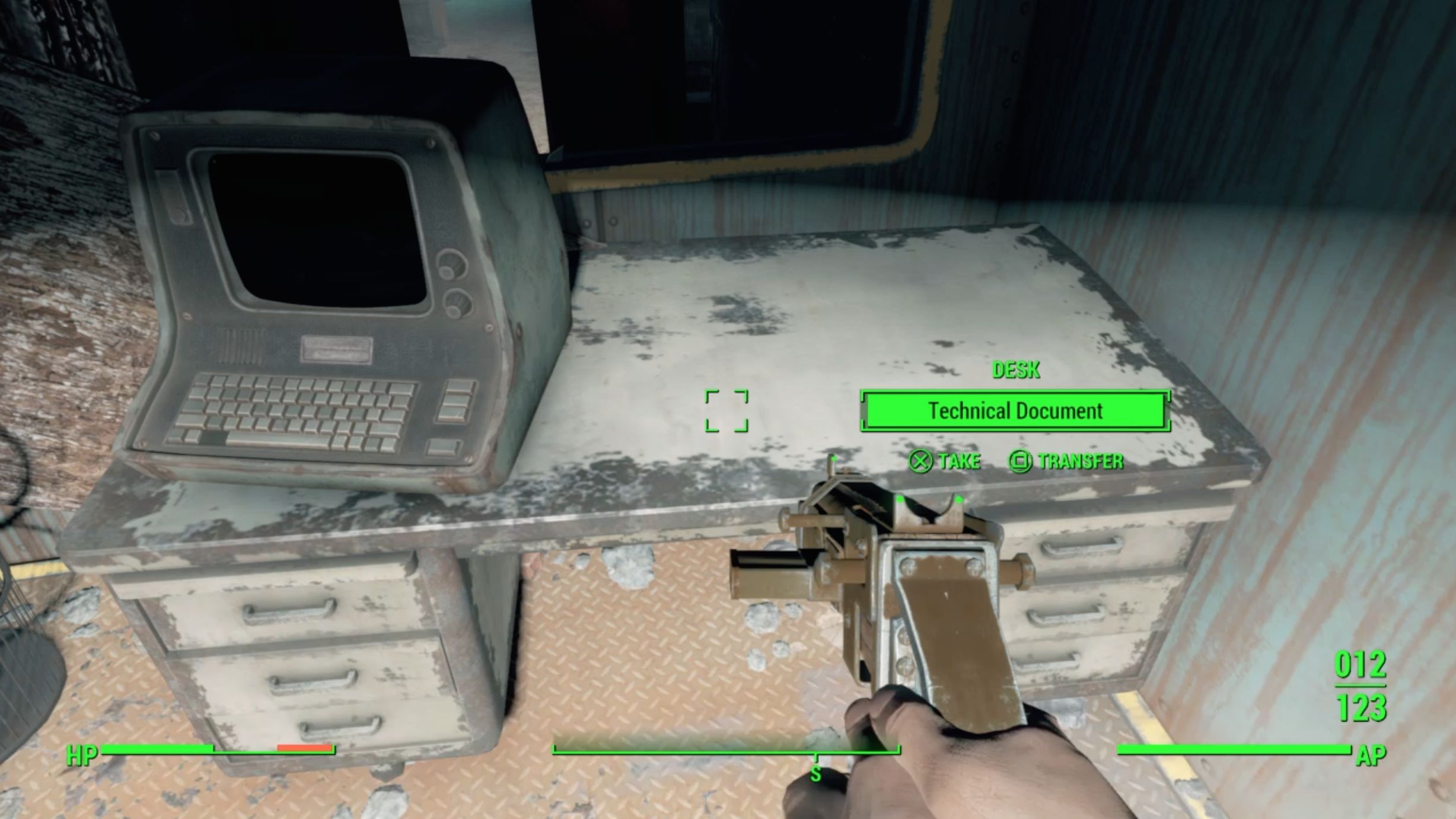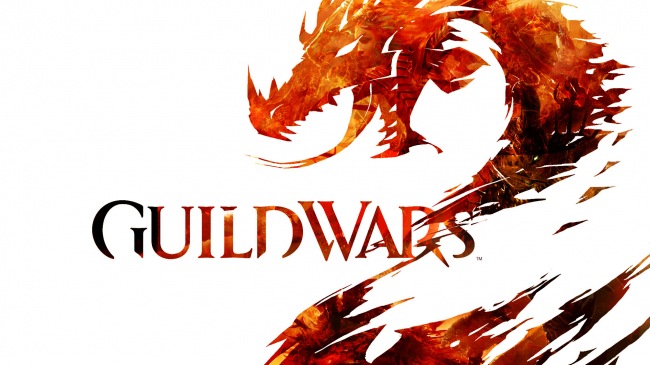


Civilization: Beyond Earth is now available, and as befitting of the long-running Civilization franchise, it's a robust and wholly addictive strategy experience. It's also the latest, released game to support AMD's Mantle, a graphics API that allows developers to work more closely with the GPU. This can result in better overall performance, specifically in CPU-bottlenecked situations, thanks in part to reduced CPU rendering costs.
We've already seen how well Mantle performs in our Sapphire Tri-X R9 290 review. Thief saw gains of almost 20 to 30 frames over DirectX 11 with certain settings. Enabling costlier anti-aliasing methods produced a gap of 10 frames. But how well does it do with Civilization: Beyond Earth? Late game saves in Civilization V could get bogged down as grids became clogged by numerous, expansive cities and units. Mantle should help during those advanced stages while maintaining a high quality image. Its new anti-aliasing, multi-threaded and multi-GPU techniques, executed first in Beyond Earth, may provide what it needs to do just that. The AMD supplied descriptions of them are listed below.
1. Enhanced-quality Anti-Aliasing (EQAA): Improves anti-aliasing quality by doubling the coverage samples (vs. MSAA) at each AA level. This is automatically enabled for AMD users when AA is enabled in the game.
2. Multi-threaded command buffering: Utilizing Mantle allows a game developer to queue a much wider flow of information between the graphics card and the CPU. This communication channel is especially good for multi-core CPUs, which have historically gone underutilized in higher-level APIs. You’ll see in your testing that Mantle makes a notable difference in smoothness and performance high-draw-call late game testing.
3. Split-frame rendering: Mantle empowers a game developer with total control of multi-GPU systems. That “total control” allows them to design an mGPU renderer that best matches the design of their game. In the case of Civilization: Beyond Earth, Firaxis has selected a split-frame rendering (SFR) subsystem. SFR eliminates the latency penalties typically encountered by AFR configurations.
AMD discusses the new techniques in further detail better than I can explain here, so let's jump straight into the analysis.
Enhanced-quality Anti-Aliasing
Enhanced-quality Anti-Aliasing (EQAA), as mentioned above, doubles the amount of coverage samples within a pixel. Samples are used to detect if there are more than one intersecting objects occupying those pixels, the interaction of which can result in the "jaggies" we seen on screen, and then smooth out the image with varying levels of accuracy. The greater the number of samples, the more accurate the detection.
There is no explicit EQAA option in the graphical menu, but it is enabled automatically when the Mantle executable is launched. 2x MSAA therefore becomes 2x EQAA, even if not stated as such, and features four rather than two coverage samples. 8x MSAA, the highest selection, has 16 coverage samples under Mantle.
At a resolution of 1080p and without anti-aliasing enabled, jaggies are clearly present in Civilization: Beyond Earth. 8x MSAA does a fantastic job of cleaning up the image. No discernible aliasing was present unless I really focused on thin edges. By comparison, 8x EQAA didn't show any obvious improvement over 8x MSAA.
If you don't have AMD hardware with support for Mantle, you can still make use of EQAA through the Catalyst Control Center under Anti-Aliasing Mode and by selecting MSAA inside an application. AMD claims EQAA costs little in terms of performance, as well, and so I was curious to test it in more visually complex games with larger objects on display.
I next booted up Batman: Arkham Origins and Metal Gear Rising: Revengeance. Anti-aliasing was set to 8x MSAA in both and then the same locations and shots were taken with EQAA enabled via the Catalyst Control Center. The results were similar to Beyond Earth. It was very difficult to see any difference, outside of EQAA's 10 frame cost in Arkham Origins (79 vs 89), with few other examples. The edges of Batman's cape looked slightly smoother, but I had to focus on it to tell.
However, It's worth noting that 8x is already a high value. 16 coverage samples, depending on the application, may not do much to an already clean image. But what about lower anti-aliasing values? Changing MSAA/EQAA to 2x gave a better comparison, though I still had to examine the image closely to tell. It was just easier to do at 2x than 8x. Additionally, their framerates were only separated by a single digit.
Mantle Benchmark
Civilization games can get rather busy once the turn counter starts to number in the hundreds. Maps can cover large distances of space, and zooming out exposes dozens of cities, outposts and units. Things understandably get a little slow. Beyond Earth thankfully, on its highest settings with an R9 290 at 1080p, never dipped below 30 frames per second even in the very busy benchmark that populated nearly every single hex. And it's certainly no slouch in the visual department.
The average framerate running DirectX 11 was 76 frames per second. The minimum dropped to around 31 and gave a max of 38 to 42 during the most stressing section of the benchmark. Zooming out showed a range between 100 and 113.
Mantle's absolute maximum wasn't much higher, but it proved itself superior under similar load. The gap widened to 20 frames over DirectX 11, with a minimum to maximum range of around 52 to 63 in that detailed scene.
Conclusion
Civilization: Beyond Earth is another solid benchmark for Mantle. It provided a tighter spread between frames than DirectX 11, especially during scenes of greater detail, keeping it around that sweet spot of 60 fps. Those numbers may not be essential in a turn-based strategy game, but it does allow users with Mantle supported hardware and software to maintain demanding visual settings over someone who might have to turn them down.
AMD's new anti-aliasing technique wasn't quite as impressive. Differences were generally subtle. If you aren't up to date with the latest hardware, however, the lower values do offer a slight improvement over MSAA without impacting the framerate much at all.




 Fallout 4: Reactor Coolant walkthrough
Fallout 4: Reactor Coolant walkthrough Evil's Soft First Touches - The Witcher 3 DLC Hearts of Stone Guide
Evil's Soft First Touches - The Witcher 3 DLC Hearts of Stone Guide Fallout 4: Getting Technical walkthrough
Fallout 4: Getting Technical walkthrough Would The Internet Keep Going After The World Ends?
Would The Internet Keep Going After The World Ends? Guild Wars 2 Glitches and Little Hitches
Guild Wars 2 Glitches and Little Hitches